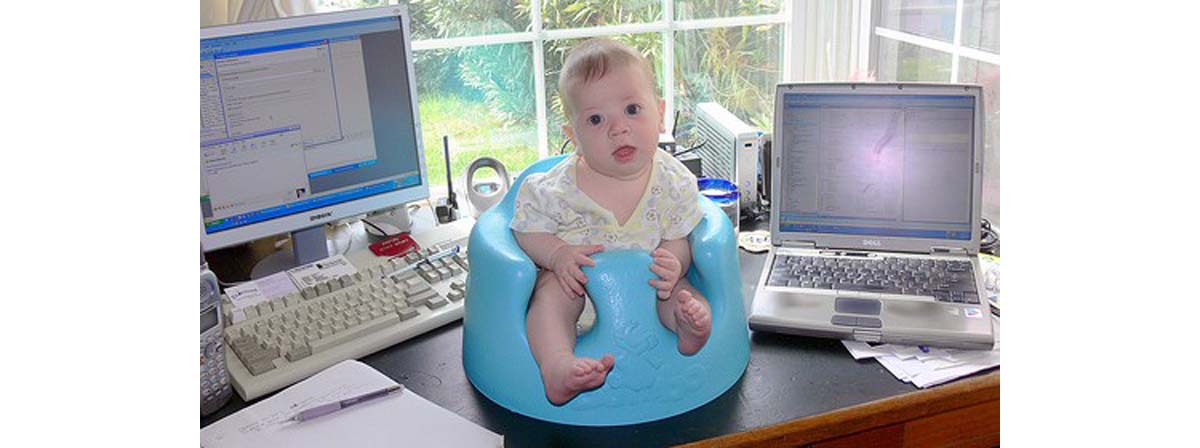Table of Contents
Many parents will read this and say that their young babies respond to them well before five months. For those parents who started to feed their little ones at four months it would have been a very familiar sight when their baby reacted to the food and opened their mouths ready for the ‘aeroplane’. A baby will also reach out to you or to a favorite toy when it sees you. I think that where they have used the word 'conscious' here, they have used it in a very precise scientific way.

In the experiment scientists showed their subjects a series of very rapid images, some of which included pictures of faces. Then they started to slow down the speed that the images are shown until they spot a reaction. They then monitor whether the person watching the sequence can recognize the face. As soon as someone notices an object – anything at all – there is a signal in the visual cortex at the back of the brain. Then, if this is something recognizable such as a face or something similar, then there is a second signal in the front of the brain where we do all our thinking. In an adult, the image must be seen for at least half a second for it to register as a face which causes a signal in the back visual cortex and one in the frontal cortex. While in a baby, researchers have found, this second slower signal appears if she is shown the face for at least three quarters of second.
Surprising Results
These results have surprised many people. The second signal means that babies are using their memory to link what they see to what they have seen before. People did not expect that. The signal is slower and takes a longer to occur, but it is certainly there.
This is going to trigger interest from two types of researchers: Psychologists would be interested to learn when consciousness first develops. If they have tried this in five month olds, then they can also attempt the same experiment with younger babies. The equipment is completely non-intrusive and does not hurt them at all. They will be able to discover when we first start to take notice of the world, not merely react to it.
Secondly, this new information could be used by developmental scientists. If this can be proved to be a normal stage in baby development, then this technique can be used as a diagnostic tool to find out if a baby is growing and developing as it should.
- S. Kouider et al. A neural marker of perceptual consciousness in infants. Science. Vol. 340, April 19, 2013, p. 376.
- Photo courtesy of Andrew Bardwell by Flickr : www.flickr.com/photos/abardwell/445513541/
- Photo courtesy of Jessica Merz by Flickr : www.flickr.com/photos/jessicafm/413877782/

